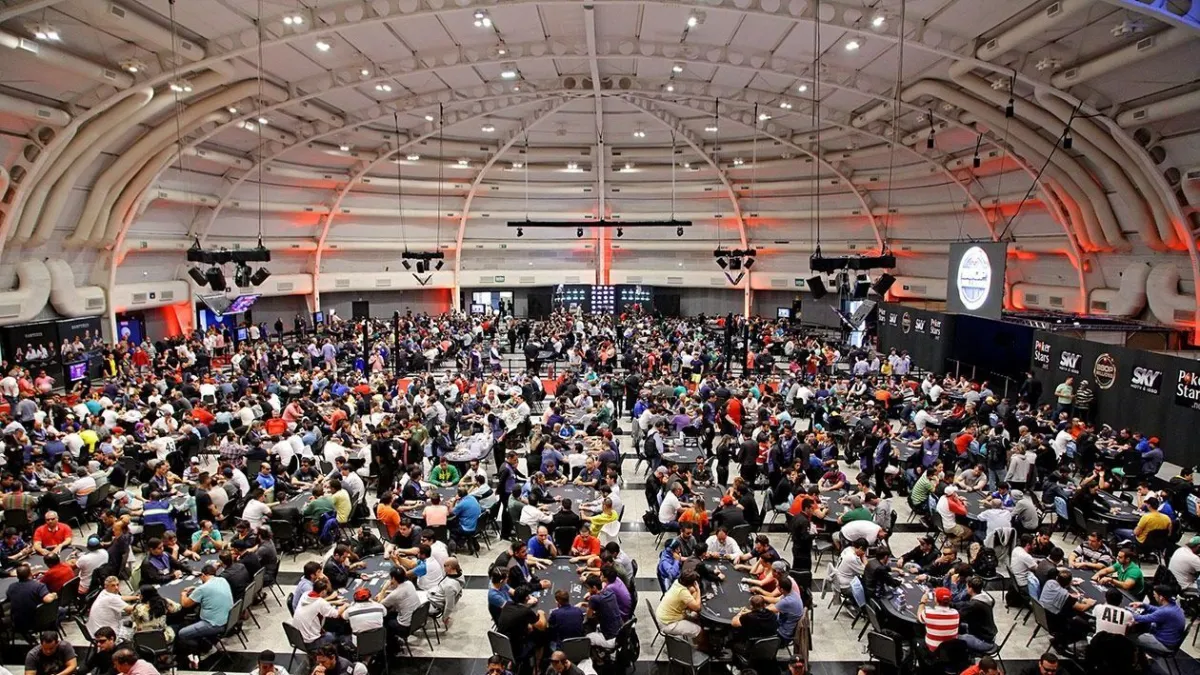There’s something magical — and unsettling — in the exact moment a poker player decides to bluff. It’s a moment thick with silence, fleeting glances, steady hands. On the outside: a face of stone. On the inside: a symphony of neurons orchestrating deception, survival, and the will to win.
I’ve always wondered what actually goes on in the mind of someone who lies for sport. That’s when I came across a series of studies that seem to have placed electrodes on human emotion — and on bluffing itself.
In a lab in China, scientists decided to play poker with the brains of volunteers. Instead of chips, they used a device called fNIRS hyperscanning, which can monitor the brain activity of two players simultaneously. What they discovered is almost poetic: when bluffing enters the game, brains begin to synchronize. More specifically, the right angular gyrus (rAG) lights up in harmony between opponents. This brain region is linked to “mentalizing” — the ability to understand and anticipate others’ thoughts and intentions. (Tang et al., 2020 – Journal of Neuroscience)
But it doesn’t stop there.
At Duke University, researchers wanted to know if the brain behaves differently when facing a human opponent versus a computer. They set up games against both. The result? The temporoparietal junction (TPJ) — an area tied to empathy and social cognition — only activates when the opponent is human. Bluffing, it seems, is too deeply human to work the same way against machines. (Science Daily, 2012)
Perhaps that’s why artificial intelligence still stumbles when trying to bluff like a Las Vegas pro. Bluffing isn’t just a move — it’s a reading, a sensation, an intuition born from two tense bodies and two minds decoding each other.
And then there are those who live for it. Professional players, masters of the steady gaze, camouflaged hands, and perfectly timed breathing. A 2023 study sought to understand how these players process social information. Using the classic Posner paradigm (a psychological tool to study attention), researchers found that poker players show a refined ability to suppress returning attention to previously processed stimuli. In other words, they know exactly when to look away and when to focus. This may explain why they’re so good at picking up tells. (Goudriaan et al., 2023 – Frontiers in Psychology)
In the end, bluffing is an ancient art dressed in modern cards. A cerebral dance between trust and deceit. We play poker with our hands, but we win — or lose — with our brains.
Maybe the greatest bluff isn’t turning a weak hand into a strong one, but believing, even through fear, that your expression says: “I’ve got it all.”
And making the other believe it, too.
References:
- Tang, H., et al. (2020). Interpersonal brain synchronization under bluffing in strategic games. Journal of Neuroscience. https://pmc.ncbi.nlm.nih.gov/articles/PMC7759204/
- Carter, R. M., et al. (2012). A Distinct Role of the Temporal-parietal Junction in Predicting Socially Guided Decisions. Science Daily. https://www.sciencedaily.com/releases/2012/07/120705181248.htm
- Goudriaan, A. E., et al. (2023). A neuropsychological study using the Posner cueing paradigm in poker players. Frontiers in Psychology. https://pmc.ncbi.nlm.nih.gov/articles/PMC10260212/











